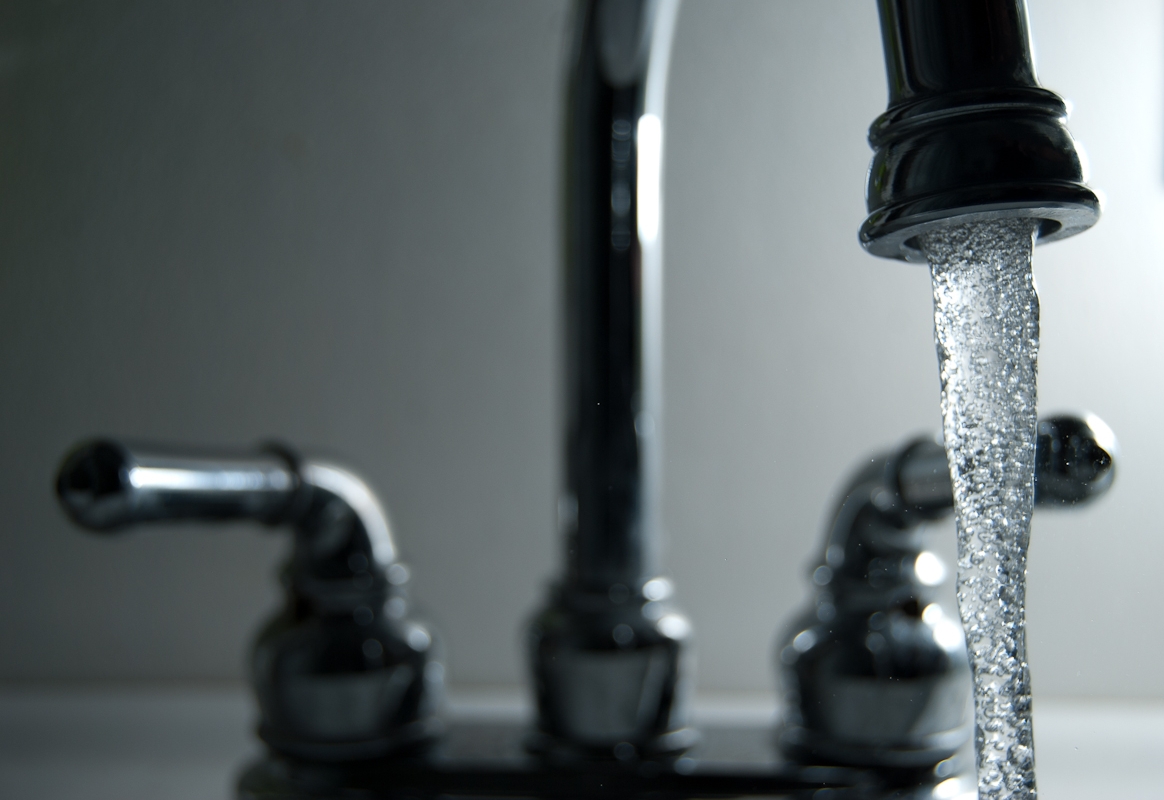A new national database released Wednesday by the Environmental Working Group shines a light on water quality across the U.S.
The database allows users to search by zip code or their local water utility name– aggregating information from nearly 50,000 public water systems.
“There is no federal organization that pulls together all these results for the country,” says David Andrews, Ph.D.,senior scientist at EWG. “Over the past two years we reached out to all 50 states and Washington DC to collect their water testing results.”
EWG launched its first Tap Water Database in 2004. This new updated version includes data from 2010 through 2015. The group says it wants consumers to know that even if their water gets a passing grade from government regulators, that does not always mean there are no problems.
The group’s findings show U.S. water systems are contaminated by 256 different chemicals. Eighty-one percent of all water systems detected chemicals linked to cancer, and 19,000 systems detected lead levels that could be harmful for infants.
“The legal limit doesn’t always necessarily mean it’s the safe limit, or the goal-level for that contaminant,” says Andrews. “We’re really highlighting the fact that these federal agencies– in this case, the EPA– has not taken recent steps to update any drinking water standards. They have not set a new drinking water regulation in over two decades.”
The new database also contains information for consumers on what kinds of filters they can use at home, in order to improve water quality.
Pennsylvania environmental regulators are seeking to hike fees on the state’s 8,600 public water systems, in order to raise money to improve oversight.
Late last year the EPA warned Pennsylvania it was failing to properly enforce safe drinking water standards, due to a lack of staff and funding at the state Department of Environmental Protection.

